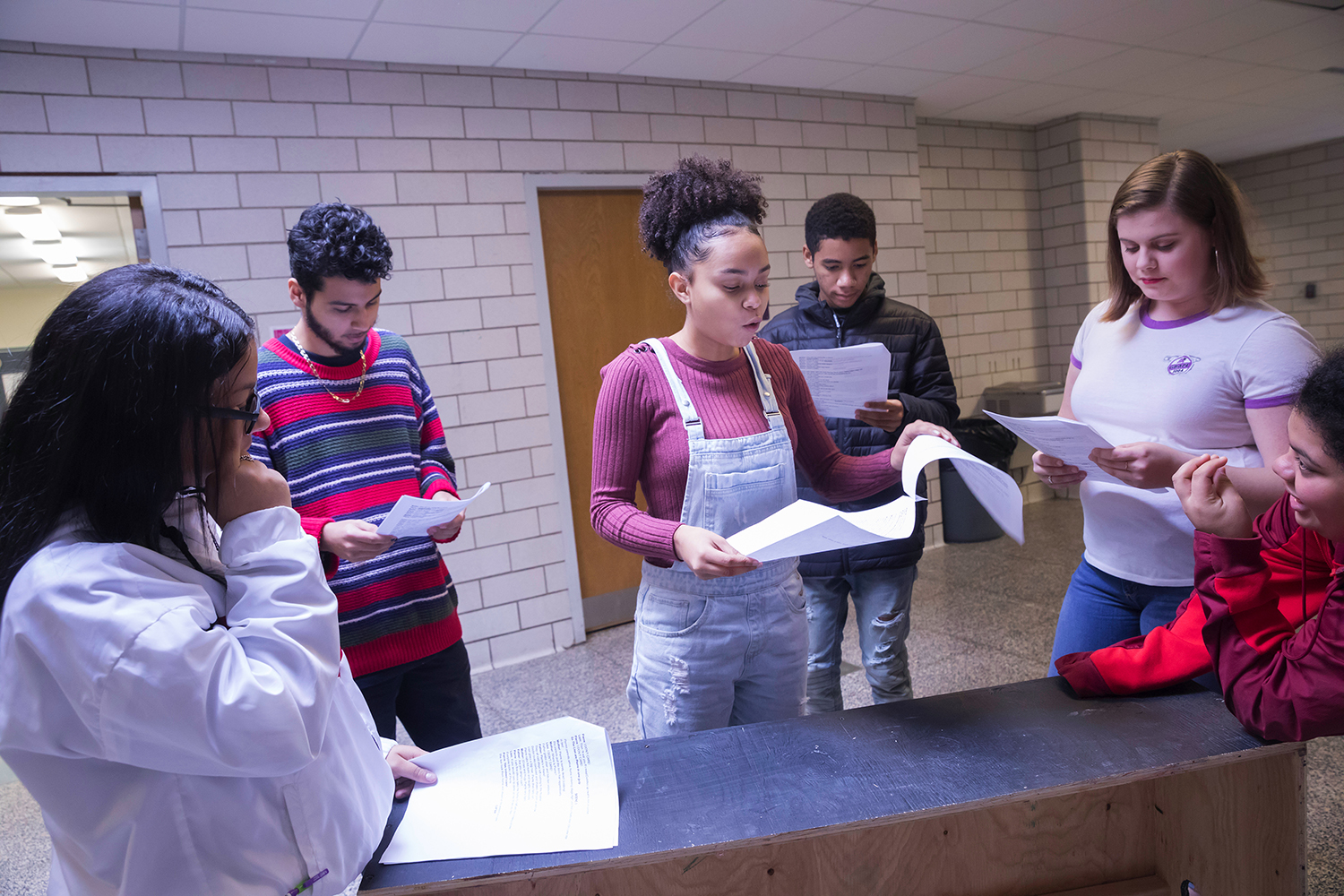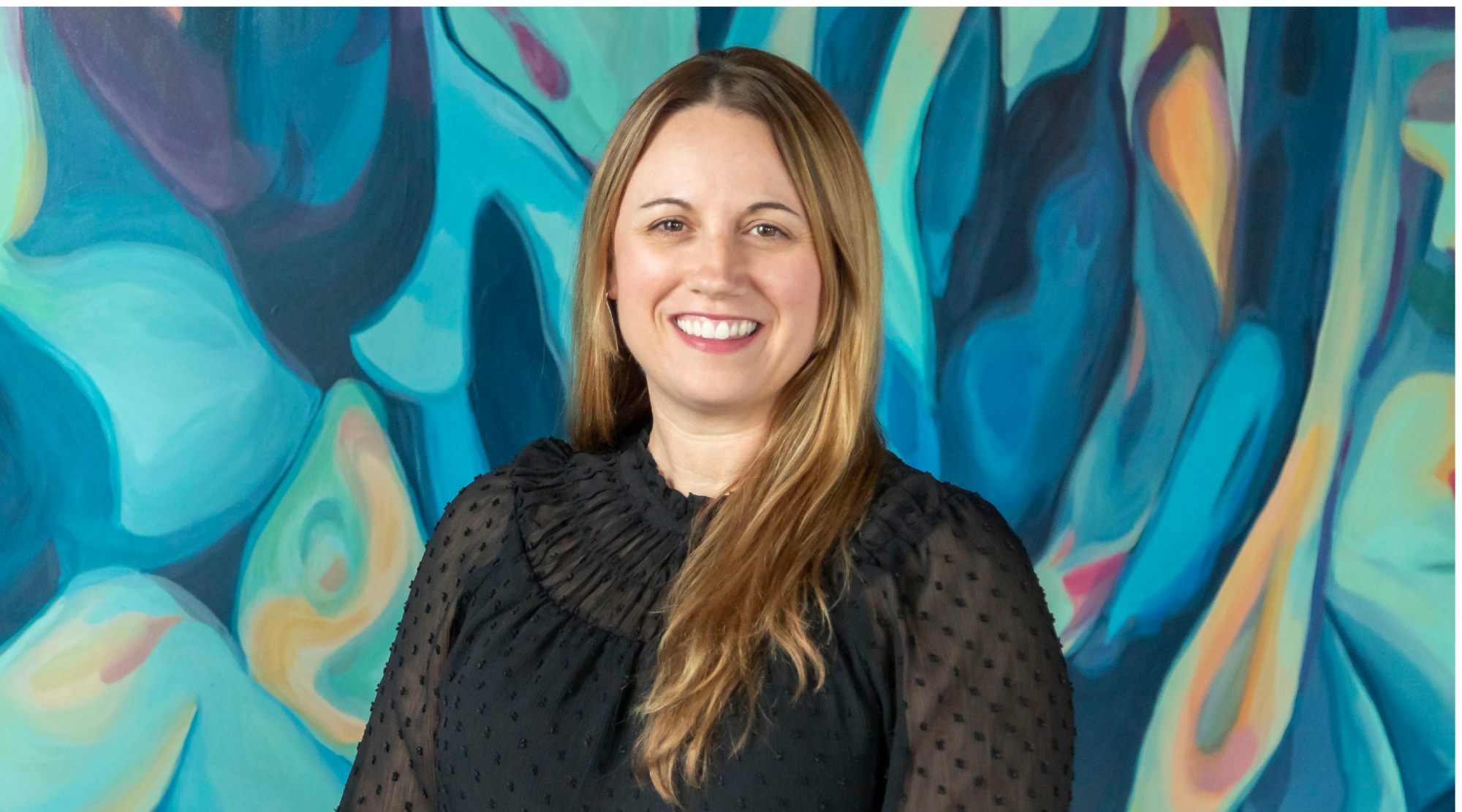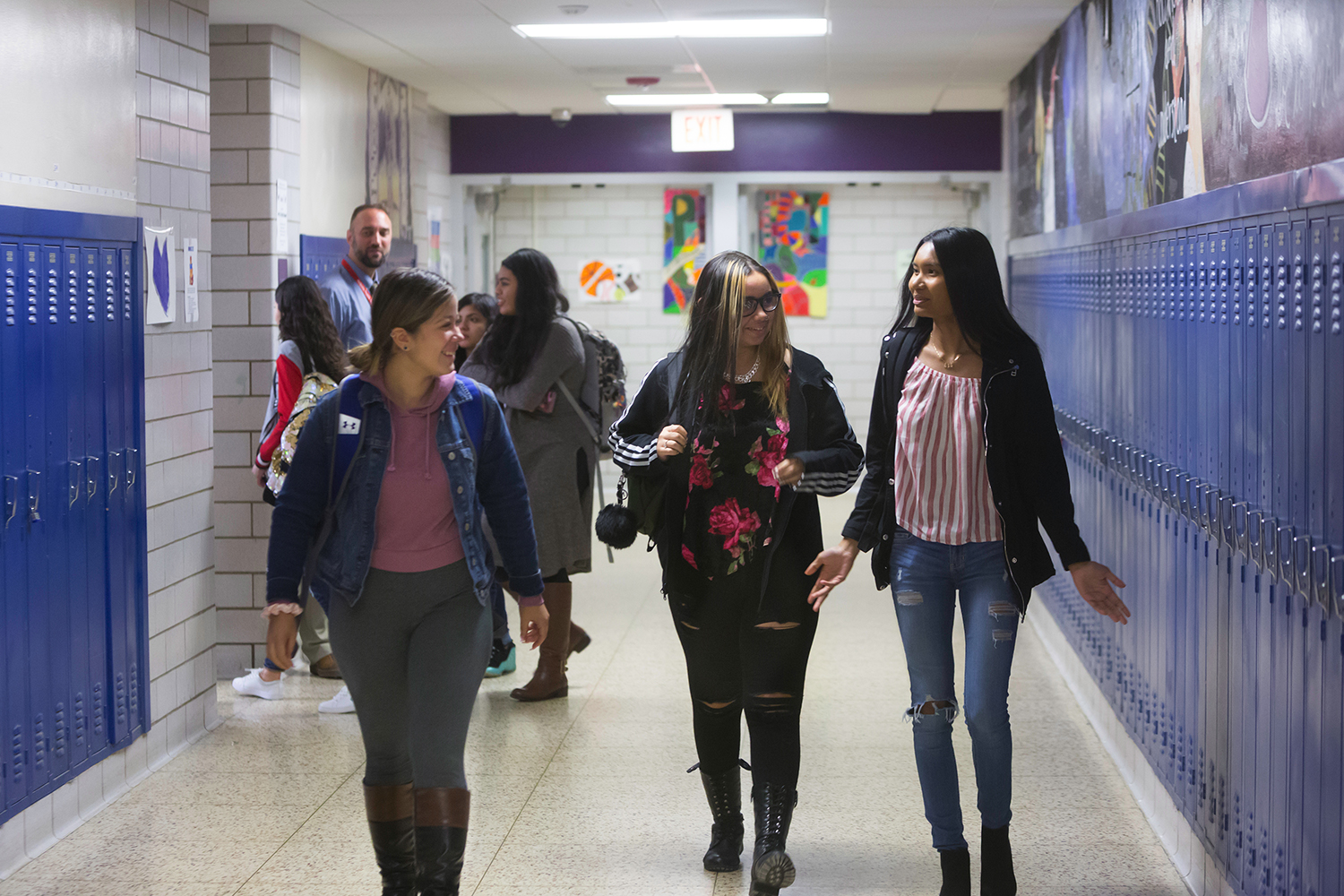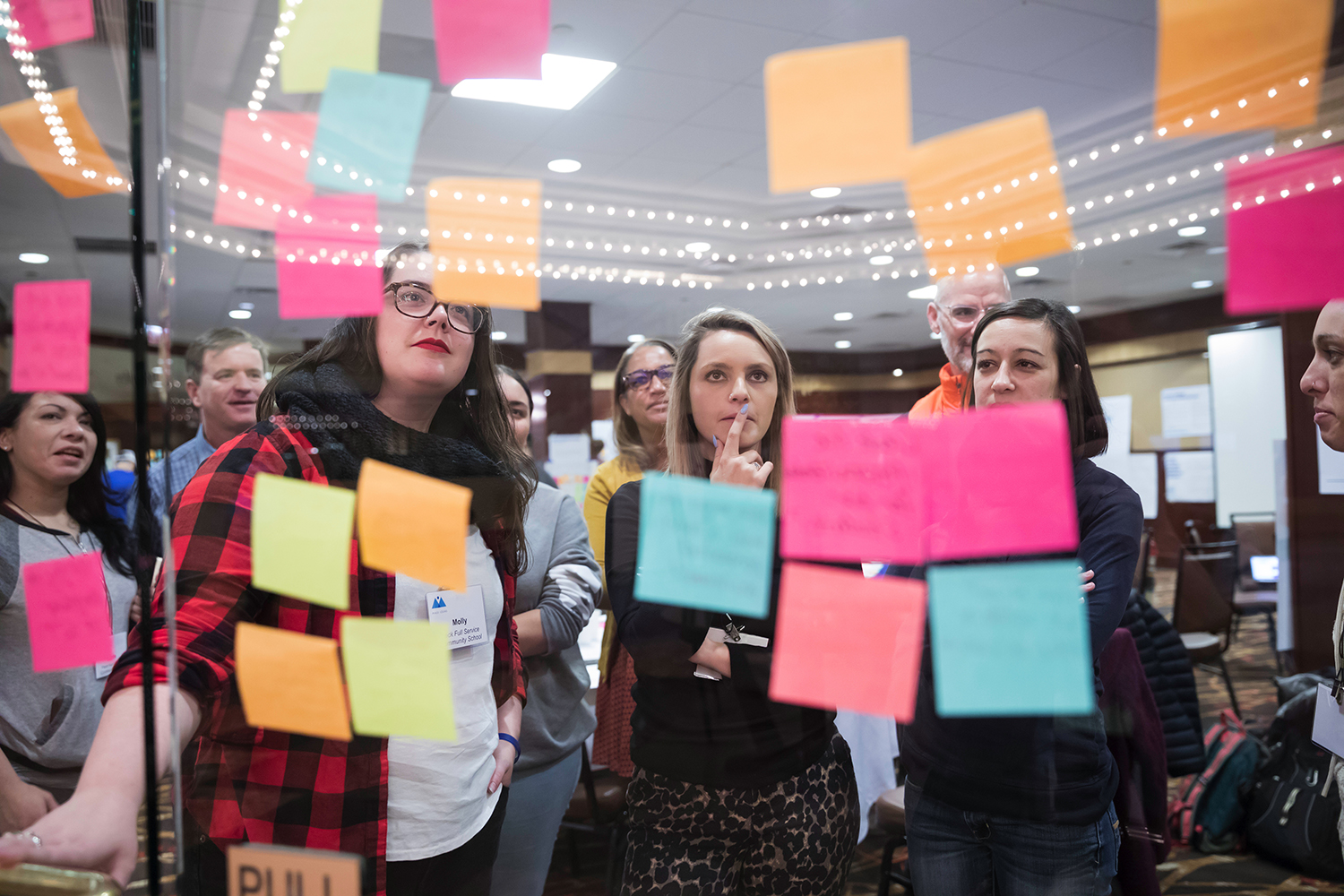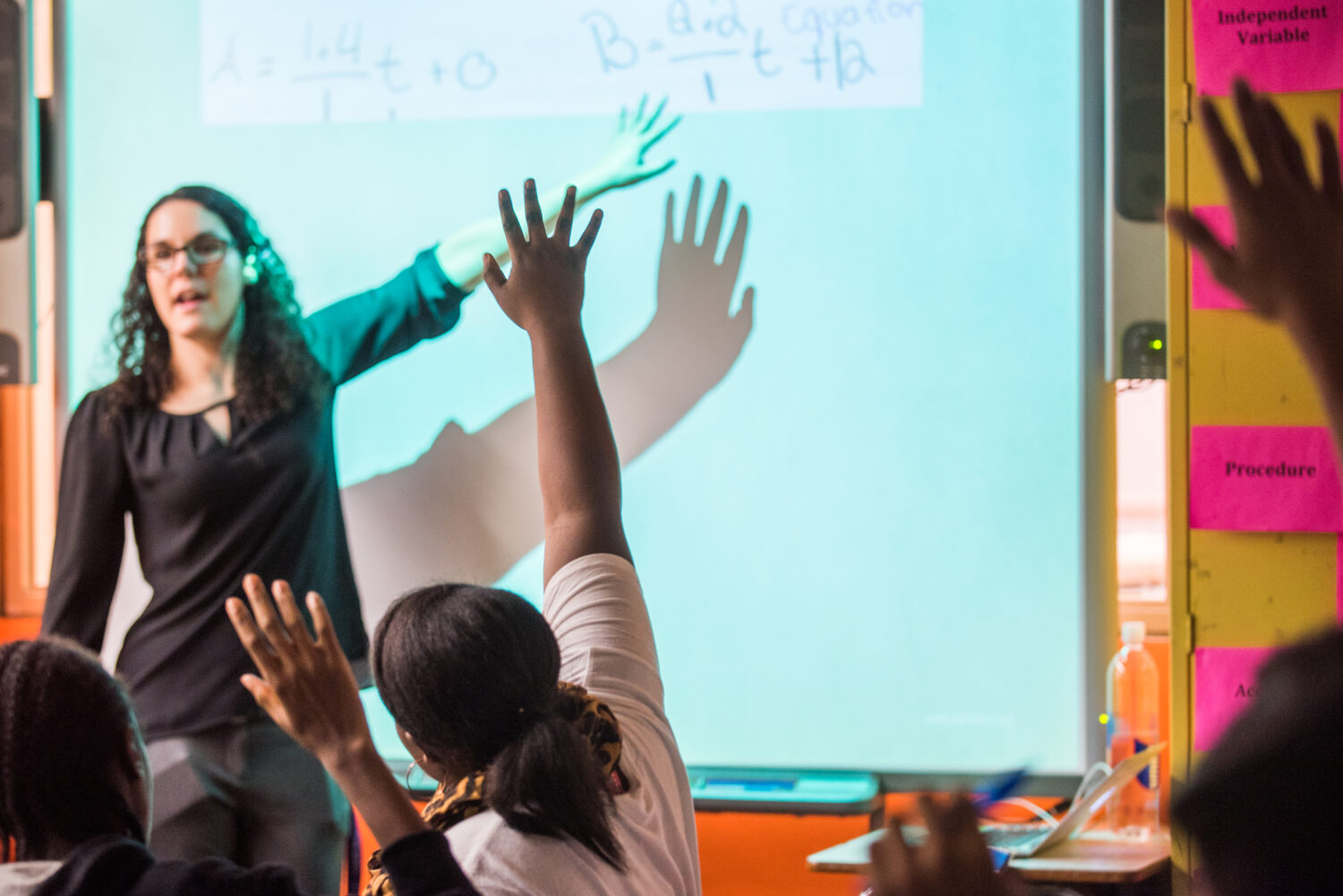The Barr Foundation recently hosted a webinar on the topic of a portrait of a graduate because it is an essential tool in high school design efforts. We know that too many students graduate from high schools without being prepared for life after high school. Our high school design partners are developing a local portrait of a graduate that provides a collective vision and articulates the community’s aspirations for all students. I have observed how the process of creating this portrait garners deep stakeholder buy-in and serves as the foundation for teams to think more boldly about the possibilities for their high school design.
Our webinar featured local stories from Jalen Epps, recent graduate of Duet and Matt Brunell, Co-Executive Director of the Springfield Empowerment Zone and national perspectives from Andy Calkins, Director of Next Generation Learning Challenges and Cynthia Leck, Partner at Transcend.
Watch the full recording:
Why do high schools need to establish a portrait of a graduate?
In order for all students to reach their potential, high schools must be intentionally designed to hold all students to high expectations. Through the development and use of a portrait of a graduate, high schools can embrace an expanded definition of student success, one that ensures that students are fully equipped with core academic knowledge and skills, as well as a range of other competencies that we all need to be successful in education, work, and life. Jalen Epps described how he struggled with time management skills when he first entered college and that postsecondary opportunities provided him the communication and soft skills that he needed to be successful.
While pockets of innovation exist across the nation and here in New England, the prevailing structure of high schools is ill-equipped to address the learning needs and challenges of current and future students. Matt Brunell shared that he is animated by the question of “how do we help others feel and live their worth?” The portrait of a graduate developed through the redesign process for the High School of Commerce is being used to drive the educational model and how the school is measuring student success.
What is a portrait of a graduate?

A portrait of a graduate can serve as a north star to drive transformation of traditional school models. Developing a portrait of a graduate pushes educators to articulate the full range of outcomes they want for their graduates, and work backwards from there to build a school model in which each element maps directly to the identified outcomes.
Next Generation Learning Challenges (NGLC) developed the MyWays Student Success Framework, a synthesis of 20 competencies for success in learning, work, and life. MyWays articulates four areas of competency: content knowledge, habits of success, creative know how, and wayfinding abilities. Andy Calkins described that the MyWays Framework provides a holistic view of what all students need in the 21st Century and is a resource for communities to consider the range of competencies that could be in their local portrait of a graduate.
How does a community develop a portrait of a graduate and drive school change?
When done well, a portrait of a graduate should be developed through a local, robust process that engages multiple stakeholders. As Matt Brunell shared, “the process of building a graduate profile is as much about the engagement of school stakeholders as it is about the substance of the final product.” Cynthia Leck described Transcend’s emphasis on developing a “graduate aims” (graduate portrait) through community activities to understand the local context, future trends, and learning and development. Several of our presenters mentioned that activities such as student interviews, surveys, and community gatherings are important to deeply root a graduate profile in the local context, values, and needs.
Transcend created the Defining Graduate Aims Paper and the Graduate Aims Database to provide teams practical resources and tools to develop their local portrait of a graduate, and then use that portrait to design the learning environment and assess student progress.

We invite you to explore the webinar recording and PowerPoint presentation below.
